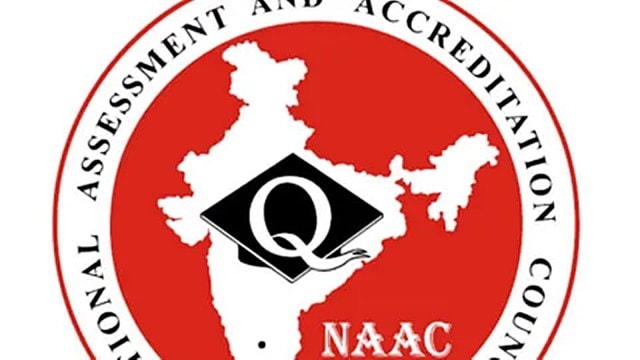NAAC fires around 900 assessors; many removed after recent CBI arrests in bribery case
Assessors under the National Assessment and Accreditation Council (NAAC) are academics who constitute a ‘peer team’ that visits an institution and prepares a report that will determine its NAAC grade.
 The real test for NAAC is not how efficiently it counts colleges, but whether it can inspire them to count for more (File Photo)
The real test for NAAC is not how efficiently it counts colleges, but whether it can inspire them to count for more (File Photo)The National Assessment and Accreditation Council (NAAC) recently axed around 900 of the 5,000 assessors who visit and evaluate higher education institutions before a NAAC grade is issued.
The assessors have been removed over a period of six months to a year, a source said. But the bulk of this action has been taken more recently – around 400 assessors have been removed and more assessors are being reviewed since the CBI arrested 10 people on February 1 in Andhra Pradesh in a case of bribery to obtain a favourable NAAC grade. Those arrested include six members of a NAAC inspection committee and office-bearers of the Koneru Lakshmaiah Education Foundation.
NAAC assessors are academics who constitute a ‘peer team’ that visits an institution and prepares a report that will determine its NAAC grade. To constitute these peer teams, NAAC invites registrations from professors across different domains of expertise.
Close to 900 such assessors have been removed for a range of reasons, sources said. Some were not found to be active or were not “accepting visits”, and some were found to not have prepared reports properly, which means that in some cases, top scores were given on certain parameters without clearly justifying the reasons for assigning a high score, the source said, adding that some assessors only had partial data available.
“NAAC began to review certain evaluations in April-May 2023 when feedback was coming in about too many A++ grades being given. We began to look at the qualitative and quantitative aspects of grading, and decided to check if there was a noticeable difference between the two in some cases,” the source said.
“We decided to evaluate cases in which an institution that received a certain grade in the first cycle saw a jump of two grades or more in the second cycle. We also reviewed cases in which an institution received an A++ in the very first cycle,” the source said, adding that during this process, around 400 assessments were reviewed, and around half of these institutions saw a downgrade.
Instead of physical visits by the peer team, NAAC will switch to virtual visits for colleges and a hybrid system for universities in March, the source said.
NAAC Director Ganesan Kannabiran said, “We are looking at continuous improvement. We are aiming to ensure that only on the day of the assessment should the institution know who is assessing, and the assessor will know which institution they are assessing.”
In 2024, NAAC announced reforms in the accreditation process – binary accreditation instead of grades, which means that the institution will be identified as ‘accredited’, ‘awaiting accreditation’, or ‘not accredited.’ The source said that NAAC is preparing for the binary accreditation system and it is likely to kick in in May.
- 01
- 02
- 03
- 04
- 05































